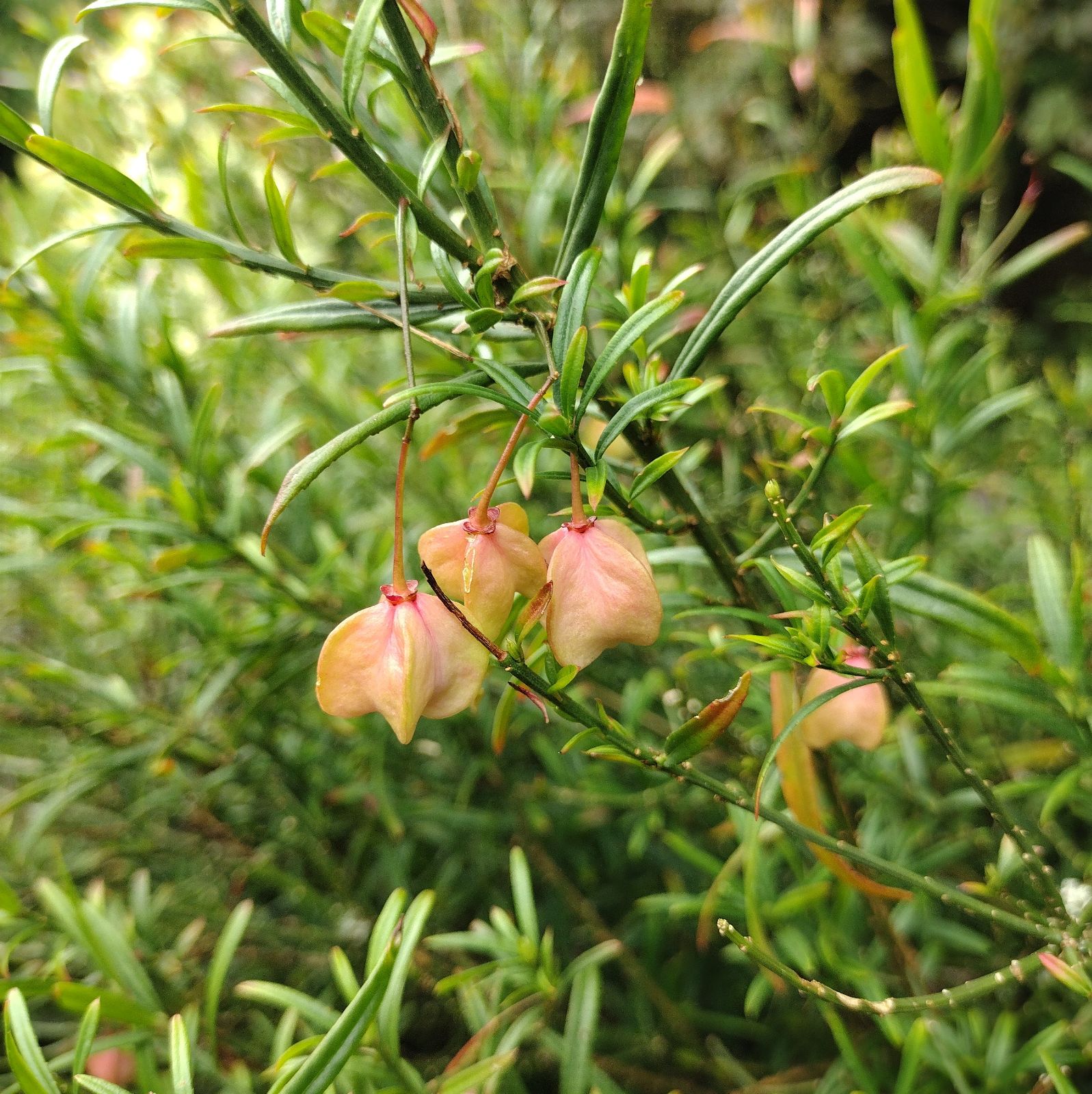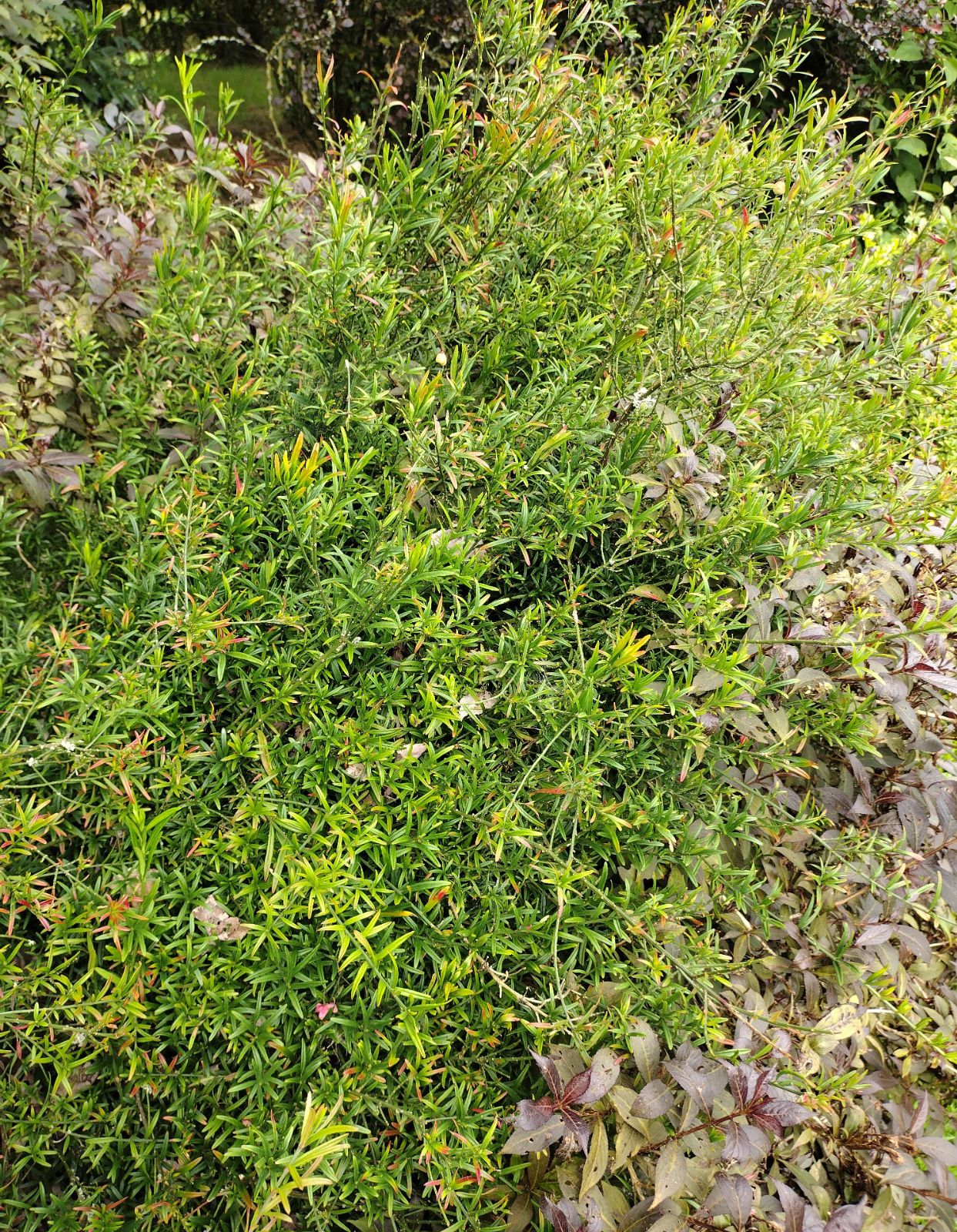Euonymus nanus
Credits
Article from Bean's Trees and Shrubs Hardy in the British Isles
Recommended citation
'Euonymus nanus' from the website Trees and Shrubs Online (treesandshrubsonline.
Genus
Infraspecifics
Other taxa in genus
- Euonymus alatus
- Euonymus americanus
- Euonymus atropurpureus
- Euonymus bungeanus
- Euonymus cornutus
- Euonymus europaeus
- Euonymus fortunei
- Euonymus frigidus
- Euonymus grandiflorus
- Euonymus hamiltonianus
- Euonymus japonicus
- Euonymus kiautschovicus
- Euonymus latifolius
- Euonymus lucidus
- Euonymus macropterus
- Euonymus myrianthus
- Euonymus obovatus
- Euonymus oresbius
- Euonymus oxyphyllus
- Euonymus pendulus
- Euonymus phellomanus
- Euonymus planipes
- Euonymus porphyreus
- Euonymus sanguineus
- Euonymus semenowii
- Euonymus theifolius
- Euonymus tingens
- Euonymus verrucosus
- Euonymus wilsonii
A low, deciduous or partially evergreen shrub of thin, spreading or procumbent habit, growing 1 to 3 ft high; its young branches long and slender, glabrous, angled. Leaves alternate or opposite, or in a terminal whorl, 3⁄4 to 11⁄2 in. long, 1⁄12 to 3⁄16 in. wide, tapered at the base, linear to narrow-oblong, blunt or pointed at the apex, the margins obscurely toothed or entire, glabrous; stalk 1⁄2 in. long. Flowers inconspicuous, brown-purple, 1⁄6 in. across, four-parted, one to three on a very slender stalk 1⁄2 to 11⁄4 in. long. Fruits four-lobed, pink with the outer coat (aril) of the seed orange-coloured; they are about 1⁄2 in. long, scarcely as wide. Bot. Mag., t. 9308.
Native of the Caucasus, eastward to China; introduced in 1830. This species, so distinct from all others in cultivation in its narrow, rosemary-like, often alternate leaves, is an interesting shrub but of no great merit in most districts as it does not bear its fruit regularly or freely.
From the Supplement (Vol. V)
It is probable that many plants of this species in cultivation were raised from seeds collected by Farrer in Kansu and were once known under the horticultural name ‘E. farreri’ (R. Lancaster, The Plantsman, Vol. 4, p. 61 (1982)).
var. turkestanicus (Dieck) Krishtofovich
Synonyms
E. nanus var. koopmannii Koehne


